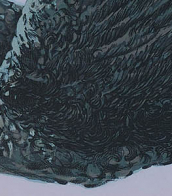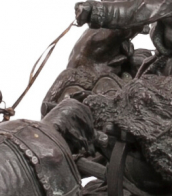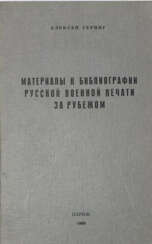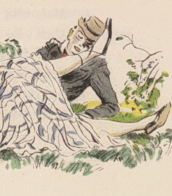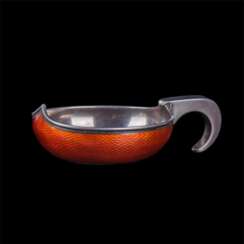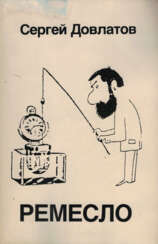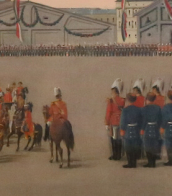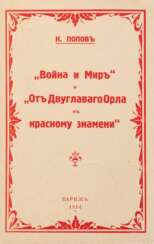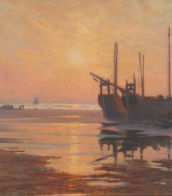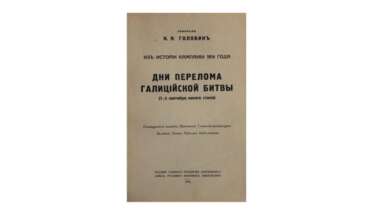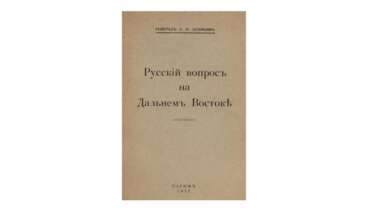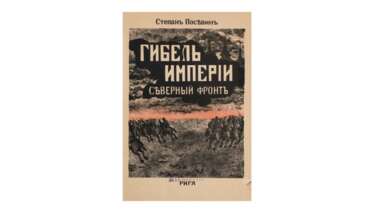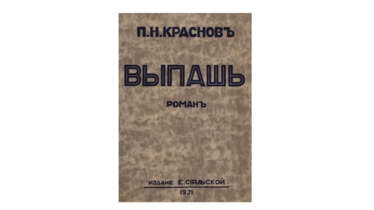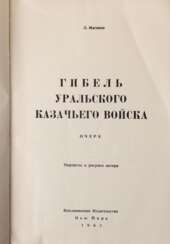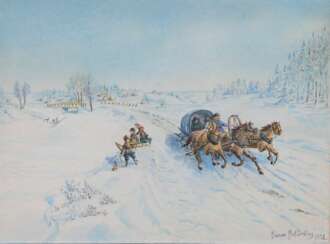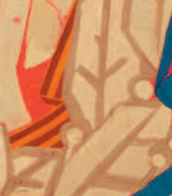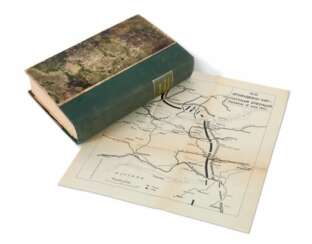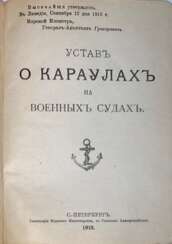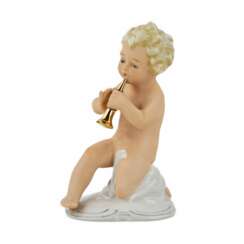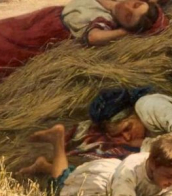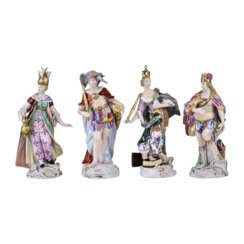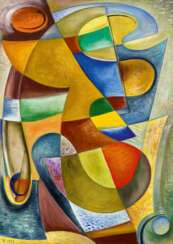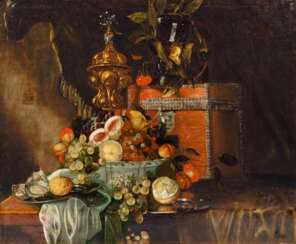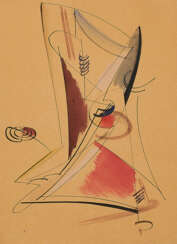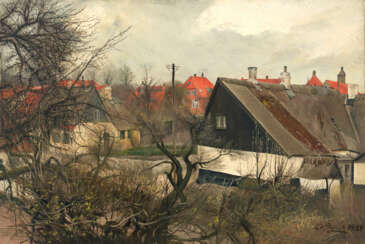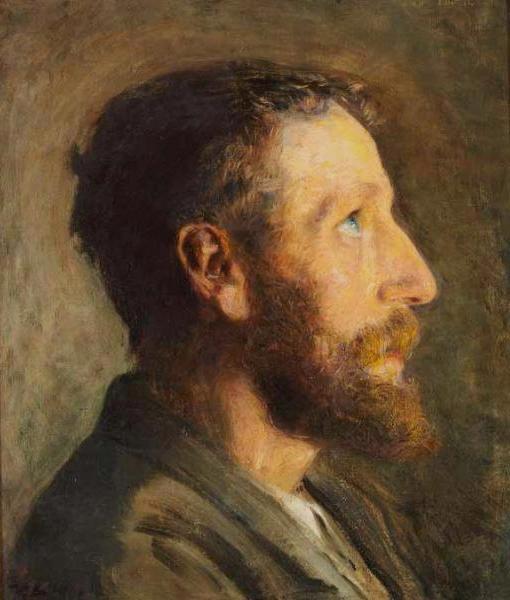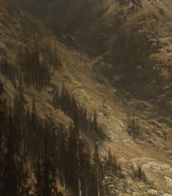ринг
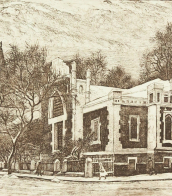
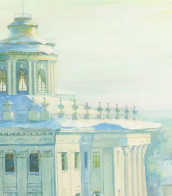
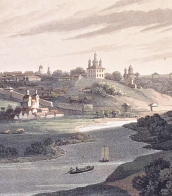
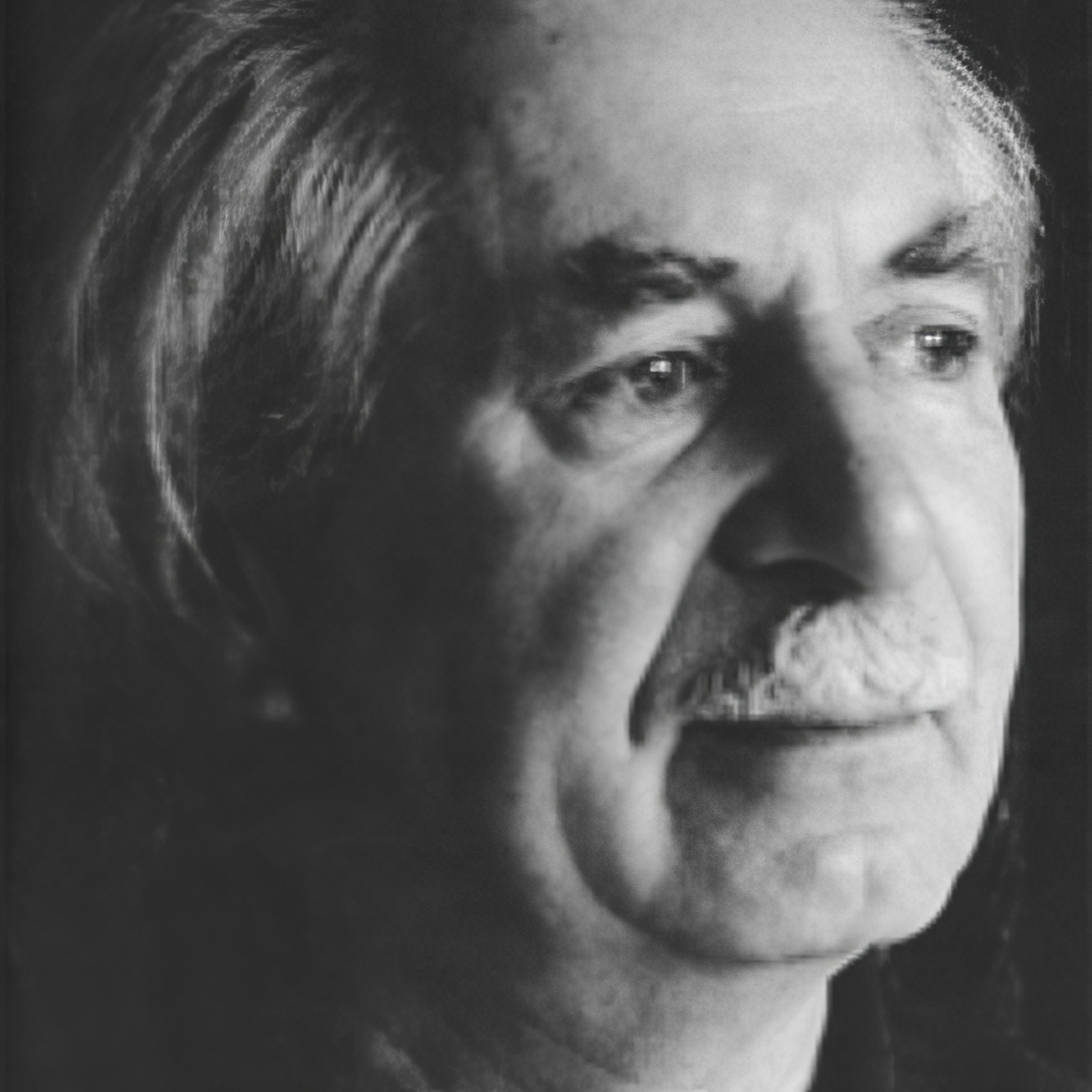
Thomas Ring was a German astrologer, painter and poet.
Thomas Ring studied in the class of the graphic artist Emil Orlik. He was intensively involved in the emerging expressionism and abstract painting.
As a 'degenerate painter' and (from 1927) a member of the Communist Party, he and his family emigrated to Austria at the end of 1932. In 1943 and 1944 he worked at the Institute of Psychology at the University of Strasbourg during the Second World War. After Strasbourg was liberated from the Nazis by the Allies, both he and his wife were imprisoned in a French prisoner-of-war camp.
After his liberation from the camp, Thomas Ring returned to Austria in 1946. In 1952 he settled in the countryside in the Black Forest, Germany.
He took part in three exhibitions (1961 in Berlin, 1971 and 1973 in Cologne), in which he was presented as a constructivist and a member of Der Strum. In 1974, Dumont Studio Cologne held a solo exhibition with forty-seven of his works.

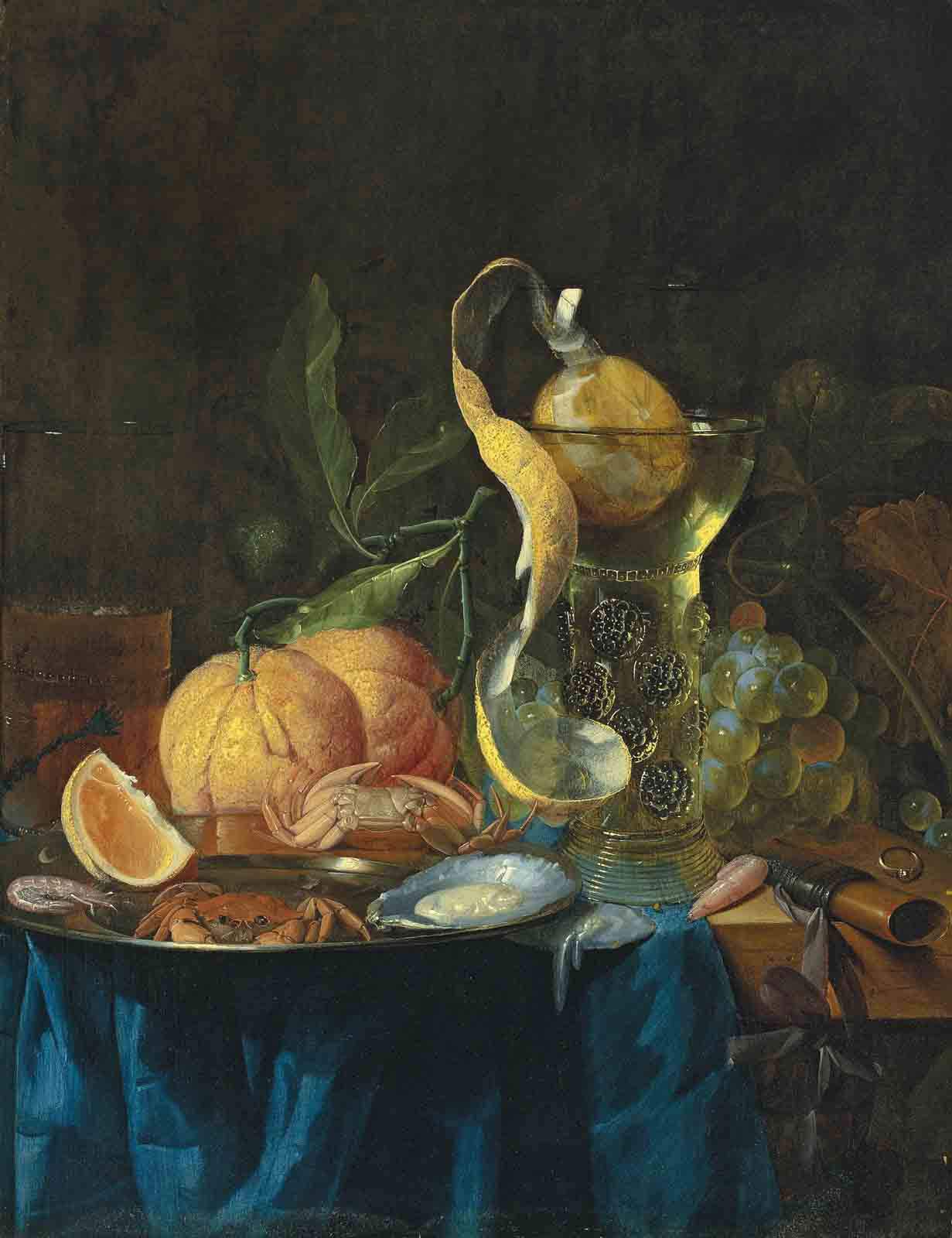
Pieter de Ring was a Dutch painter who specialised in still lifes. He became famous for his rich banquet depictions of fruit, shrimp, oysters, musical instruments, books and precious objects such as nautilus shells or Chinese porcelain.
In his youth, he worked as a bricklayer during the day and drew in the evening; the other family members all worked in the fabric industry. After painting a number of pictures, he apprenticed himself to Jan Davidsz. de Heem with his grandfather's permission. In 1647 he became a founding member of the Guild of Saint Lucas.
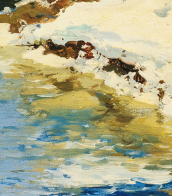

Thomas Ring was a German astrologer, painter and poet.
Thomas Ring studied in the class of the graphic artist Emil Orlik. He was intensively involved in the emerging expressionism and abstract painting.
As a 'degenerate painter' and (from 1927) a member of the Communist Party, he and his family emigrated to Austria at the end of 1932. In 1943 and 1944 he worked at the Institute of Psychology at the University of Strasbourg during the Second World War. After Strasbourg was liberated from the Nazis by the Allies, both he and his wife were imprisoned in a French prisoner-of-war camp.
After his liberation from the camp, Thomas Ring returned to Austria in 1946. In 1952 he settled in the countryside in the Black Forest, Germany.
He took part in three exhibitions (1961 in Berlin, 1971 and 1973 in Cologne), in which he was presented as a constructivist and a member of Der Strum. In 1974, Dumont Studio Cologne held a solo exhibition with forty-seven of his works.
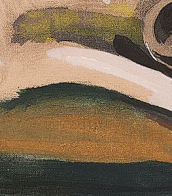

Pieter de Ring was a Dutch painter who specialised in still lifes. He became famous for his rich banquet depictions of fruit, shrimp, oysters, musical instruments, books and precious objects such as nautilus shells or Chinese porcelain.
In his youth, he worked as a bricklayer during the day and drew in the evening; the other family members all worked in the fabric industry. After painting a number of pictures, he apprenticed himself to Jan Davidsz. de Heem with his grandfather's permission. In 1647 he became a founding member of the Guild of Saint Lucas.


Thomas Ring was a German astrologer, painter and poet.
Thomas Ring studied in the class of the graphic artist Emil Orlik. He was intensively involved in the emerging expressionism and abstract painting.
As a 'degenerate painter' and (from 1927) a member of the Communist Party, he and his family emigrated to Austria at the end of 1932. In 1943 and 1944 he worked at the Institute of Psychology at the University of Strasbourg during the Second World War. After Strasbourg was liberated from the Nazis by the Allies, both he and his wife were imprisoned in a French prisoner-of-war camp.
After his liberation from the camp, Thomas Ring returned to Austria in 1946. In 1952 he settled in the countryside in the Black Forest, Germany.
He took part in three exhibitions (1961 in Berlin, 1971 and 1973 in Cologne), in which he was presented as a constructivist and a member of Der Strum. In 1974, Dumont Studio Cologne held a solo exhibition with forty-seven of his works.
